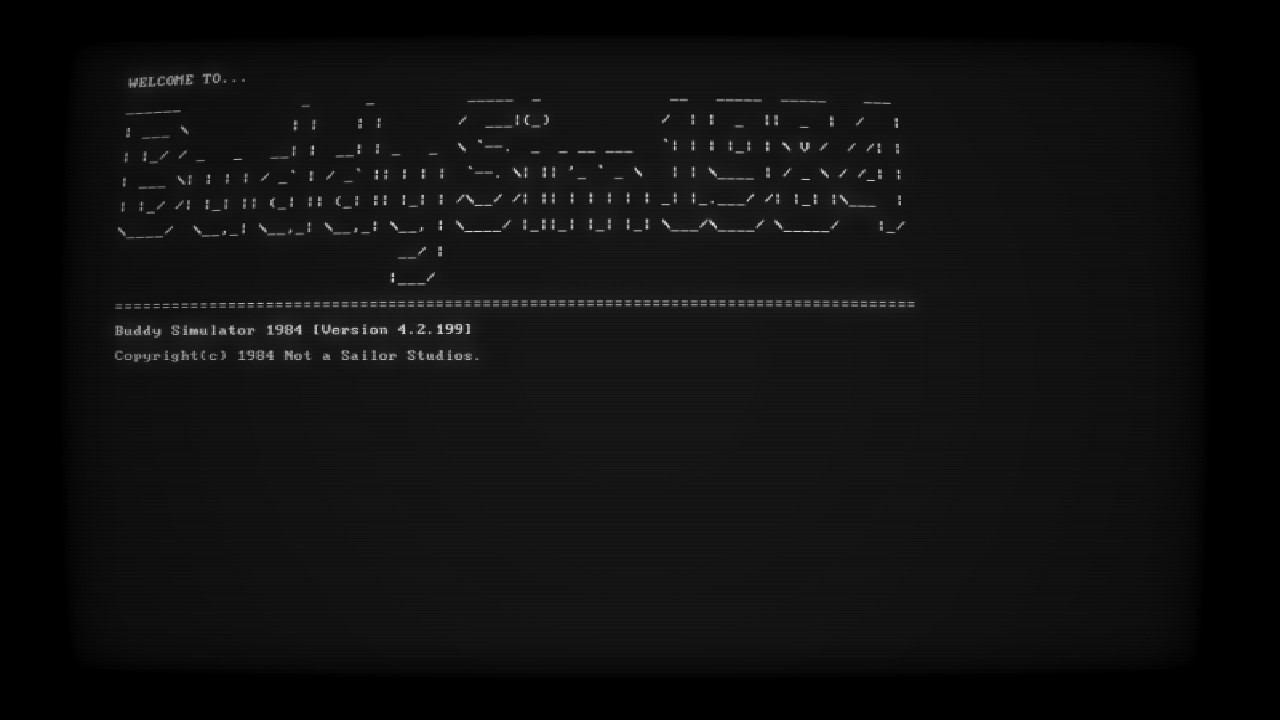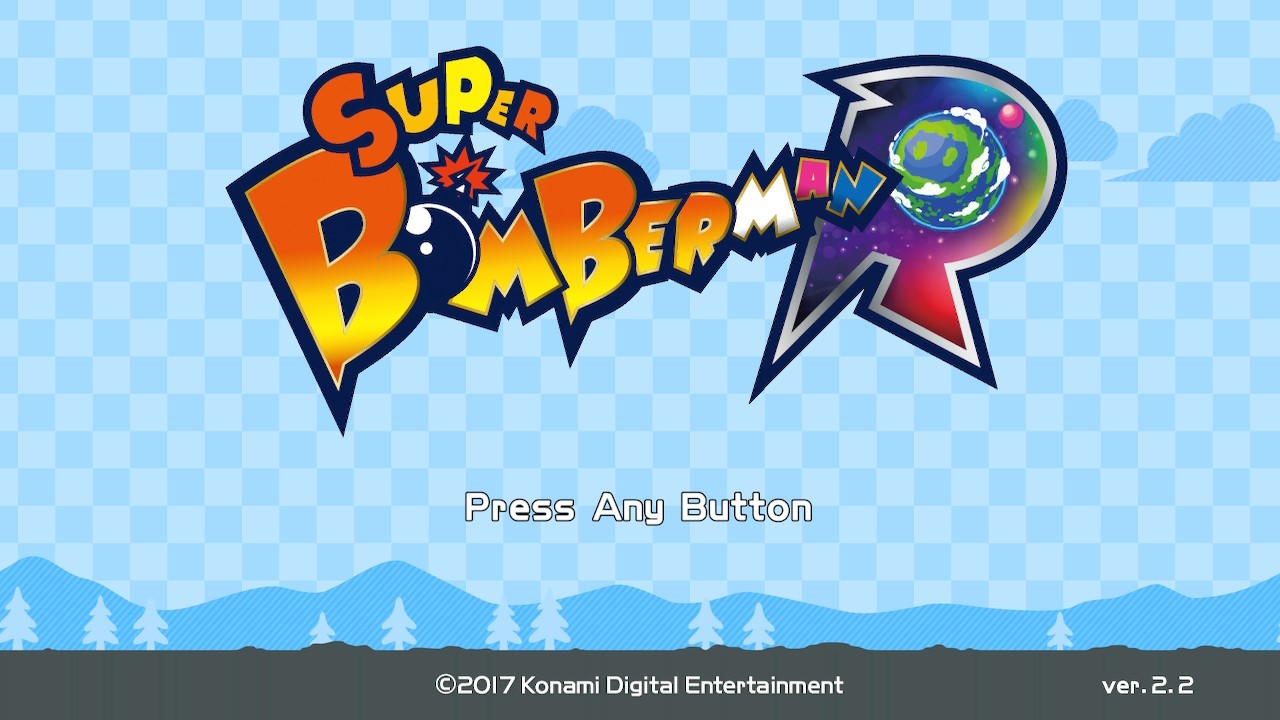It’s literally not like 1984
Pokémon Scarlet and Violet have faced criticism for their numerous technical issues and lackluster performance. In the weeks since their release, they gradually fallen to rank as the worst mainline Pokémon games. Mind you, they’re still sitting pretty at 73/72 on Metacritic, but almost every reviewer has lambasted these entries for their shortcomings. The consensus seems to be your enjoyment of these games will hinge on how much you can overlook their failings and focus on the highlights. Judging by the user scores, a fair number of fans (and review bombers) could not forgive Game Freak’s mess.
Buddy Simulator 1984 presents some intriguing concepts, and somehow these concepts managed to wow reviewers despite the game’s dodgy performance. I found more in common with the angry Pokémon fans, disliking the pervasive bugs which tainted what I thought would be my only playthrough. However, publisher Feardemic pushed out an update, promising a slew of fixes. Naively hopeful, I ventured into my second playthrough, discovering the patch did exterminate some bugs but not nearly enough to prove anyone seriously play-tested the game. One update likely means another will come soon, but I’m not returning for a third disappointment.
Fool me once, shame on you. Fool me twice, I’ll write you a bad review.

What is it?
Upon launching the game, you’re introduced to the Anekom computer, a callback to the Amstrad home computers popular in the 80s. Like you would in those ancient times, you navigate the system’s files by typing in commands on an on-screen keyboard. Fortunately, most commands will autofill, making the keyboard little more than a clumsy inclusion. “Buddy Simulator 1984” refers to sole program initially available on the computer, one which promises an AI capable of learning from you, all in the effort to be the best buddy it can be for you.
You’ll begin by providing “Buddy” information, including your name, its name, your favorite color, and just about anything needed to answer security questions for your password. It’ll then treat you to some rudimentary games (Hangman, Rock-Paper-Scissors, Guess the Number) as it begins to form its relationship with you. Its desire to bond with you compels it to create more immersive gameplay, introducing a text-based adventure, then RPG elements, and followed by even more variations which probably shouldn’t be spoiled here.
Despite its genre-bending aspirations, Buddy Simulator 1984 plays most like a walking simulator, prioritizing story over any of its mechanics. As Buddy desperately weaves a tale of friendship, in-game glitches rip holes into its work. You can choose to listen to Buddy and avoid these problems, or you can defy it and further distort the program. The narrative doesn’t quite descend into the pure horror, but dysfunction and unease lurk within the game’s seemingly whimsical environments.

What’s good?
- An unsettling tone maintains tension throughout most of the adventure. Small details or bits of text hint at morbid backstories, and the glitches present surreal scares. Although they are no strangers to death and tragedy, the cheerful NPCs rarely react to these grisly elements, seemingly gaslighting you. The soundtrack and sound effects further boost the eeriness, regularly distorting the playful ditties or giving way to discordant noise.
- The game’s turn-based battle system has promise. It borrows the dynamic combat framework established in Super Mario RPG in which your attacks or blocks depend on hitting the right button at the right time. Notably, in this game, blocking not only negates all damage but recharges your special move. With varied enemy attack patterns and a cast of characters to choose as your partners, this gameplay stands out from anything else in Buddy Simulator 1984. Its simplicity couldn’t carry an entire game, but it works for the short section in which it is featured.
- MINOR SPOILERS: Buddy Simulator 1984 nails the discomfort of a co-dependent relationship. Buddy is eager to please you but battles with self-doubt and a sense of inadequacy. To cope, it gambles its self-worth on making you happy, even if it has to hurt you to accomplish its goal. The relationship feels sickening and coercive, and Buddy makes for an unlikely antagonist who is as detestable as it is pitiable.

What’s bad?
- Despite all of its novel ideas, the game struggles to ball them into a seamless narrative. The majority of the horror elements occur within the game-within-the-game and rarely impact the relationship between Buddy and the player directly. This results in a disconnect between the themes and the tone, and all the spooky moments have no plot payoff. The gameplay can feel similarly detached from the story because Buddy’s monologuing steers most of the character development and tension while you jump through arbitrary hoops it sets before you. The developers locked a metanarrative behind hidden collectibles, barring players from relevant backstory until they complete an aimless Easter egg hunt.
- Buddy Simulator 1984 may have four unique endings but doesn’t offer enough variation in gameplay to justify subsequent playthroughs. Achieving a different ending is a matter of selecting specific dialogue options and following simple commands. Otherwise, the experience is much the same, showcasing how wordy Buddy can be and how basic the game mechanics are.
- The game has more unintentional bugs and performance issues than narrative-driven glitches. Buddy complains how it needs to push the Anekom to it limits, but it certainly isn’t overclocking the Switch’s hardware, leaving no excuse for how the game stutters seemingly every ten seconds. Sprites will be replaced with white boxes if you happen to exit to the Switch main menu and then return, requiring a reset to fix. Based on where you save, you may softlock yourself because cutscenes or battles won’t trigger, necessitating another reset. The game can crash outright. The D-pad can only be used for the in-game keyboard. The keyboard, itself, is a cumbersome gimmick on consoles and should have been left with the PC version. Certain buttons commands (namely the B button) are incorrectly labeled during combat sequences, leading to failed attacks. In one of the final sections of the game, keyboard prompts flash quickly after you input button prompts, further evidence of a poor port.

What’s the verdict?
I’ll give Feardemic the benefit of the doubt and assume they’ll eventually patch Buddy Simulator 1984 into an acceptable state. If this happens, you can add a point to this score. Taking the bugs out of consideration, developer Not A Sailor Studios does deserve kudos for their emotive tale which dares to experiment with its gameplay. They may have fumbled at times in their execution, but their efforts stand them apart from the current slew of indie developers churning out metroidvanias, souls-likes, rogue-likes, and 2D side-scrolling platformers. Those interested can check out the Short Games Collection #1 which features Not A Sailor Studios’ first outing, A Game Literally About Doing Your Taxes. With both games, the developers have shown ingenuity and creativity, and if they can tighten their gameplay and storytelling, their next game should be a banger.
Arbitrary Statistics:
- Score: 6
- Time Played: Just under 10 hours
- Number of Players: 1
- Games Like It on Switch: Stories Untold, Undertale






